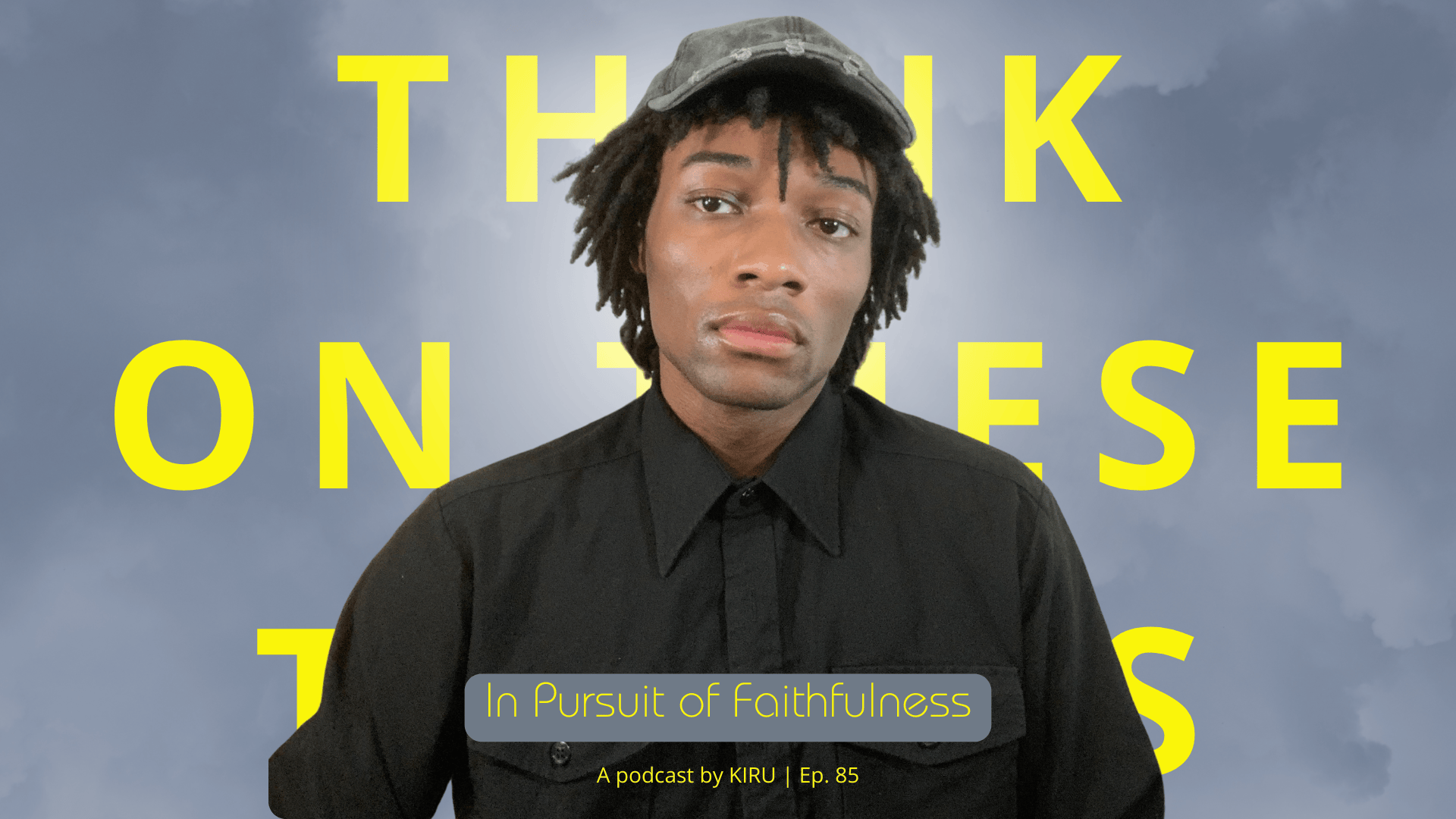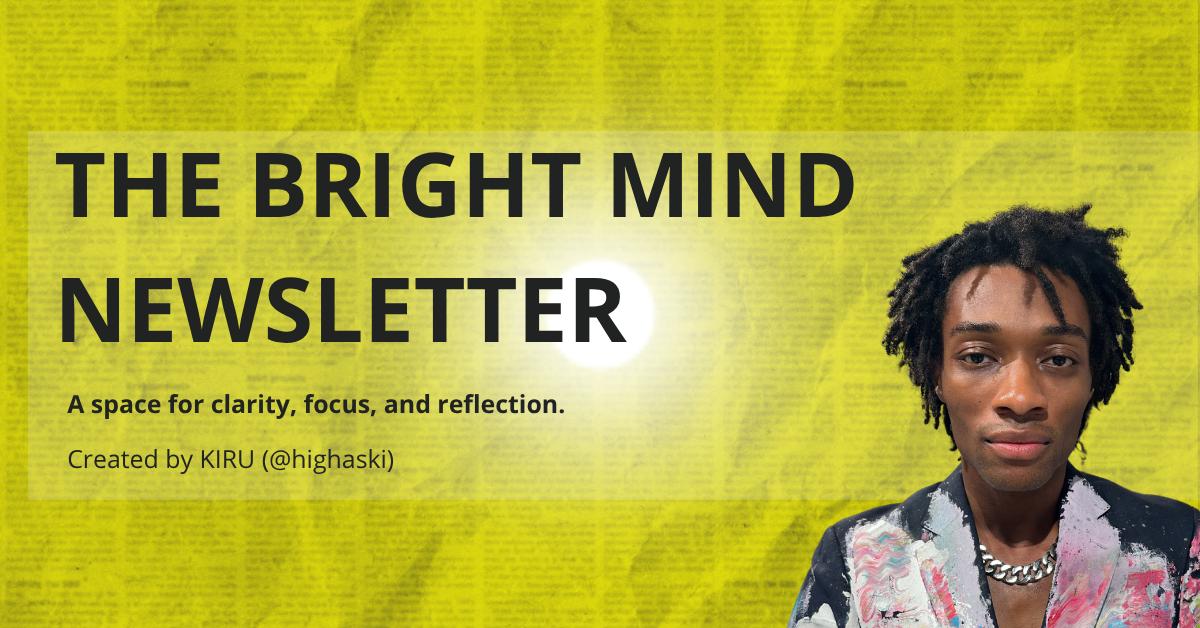The Repetition Trap: Why Your Brain Believes a Lie If It Hears It Enough
A deep dive into the cognitive bias that mistakes familiarity for fact, and a practical guide to becoming a more critical thinker.
Have you ever heard a tidbit of trivia so many times you’ve simply accepted it as fact? Perhaps the idea that we only use 10% of our brains, or that goldfish have a three-second memory. While both of these are false, their persistence in our collective consciousness highlights a powerful and pervasive psychological phenomenon: the illusory truth effect. Classified as a cognitive bias, this effect describes our tendency to believe information to be correct after repeated exposure. It’s a subtle glitch in our mental hardware where familiarity is mistaken for veracity. In an age of unprecedented information overload, from 24-hour news cycles to algorithmic social media feeds, understanding the illusory truth effect is not merely an academic exercise; it is an essential tool for navigating reality, preserving critical thought, and understanding the very construction of our beliefs.
The formal identification of the illusory truth effect is relatively recent, emerging from cognitive psychology labs in the 1970s. The seminal 1977 study, conducted by researchers Lynn Hasher, David Goldstein, and Thomas Toppino, laid the foundational groundwork. In their experiment, participants were asked to rate the truthfulness of a series of plausible statements, such as "The Pacific Ocean is the largest ocean on Earth." The study was conducted over several sessions, and some of the statements were intentionally repeated. The results were telling: statements that participants had seen before were rated as significantly more likely to be true than new statements they were encountering for the first time. Crucially, this effect occurred even when the participants did not consciously remember having seen the statement before. The researchers theorized that repetition increases "processing fluency"—the ease with which our brains can process information. Our minds, operating on a principle of cognitive efficiency, interpret this fluency as a signal of truth. An easy-to-process thought feels more right than one that requires strenuous mental effort.
For decades, the illusory truth effect remained a somewhat niche finding, primarily of interest to cognitive psychologists studying memory and information processing. Its trajectory, however, shifted dramatically with the dawn of the digital age. The rise of the internet, and later social media, created the perfect ecosystem for this bias to flourish on a global scale. The sheer volume and velocity of information meant that messages—both true and false—could be repeated and disseminated with unprecedented speed.
A significant turning point in the public and academic understanding of the effect came in the wake of the 2016 U.S. presidential election, as the term "fake news" entered the popular lexicon. Researchers began to urgently study how misinformation spreads online, and the illusory truth effect was identified as a key culprit. Studies from this period confirmed that the effect is remarkably robust. It works even for information that contradicts a person's prior knowledge and even when a statement is explicitly flagged as potentially false. The constant bombardment of a particular claim, whether a political slogan or a conspiracy theory, can embed it in our minds, making it feel true regardless of the evidence. This evolution transformed the effect from a laboratory curiosity into a critical concept for understanding modern politics, media literacy, and public discourse.
Today, the illusory truth effect is a powerful and often invisible force shaping our world. Its applications, both intentional and unintentional, are everywhere.
Advertising and Marketing: This is perhaps the most classic example. Brands spend billions of dollars to ensure their slogans and jingles are repeated ad nauseam. The goal isn’t always to convince you with a rational argument, but to build familiarity. When you’re standing in a store aisle, the brand that comes to mind most easily—the one with high processing fluency—often feels like the most trustworthy and reliable choice.
Politics and Propaganda: Political campaigns are masters of this effect. By hammering home simple, repeatable talking points and soundbites, they can make their claims feel factual and resonant, even in the absence of substantive evidence. The effect is also a cornerstone of propaganda, where the constant repetition of a state-sanctioned narrative aims to supplant objective reality.
Social Media and Echo Chambers: Algorithmic feeds are designed to show us more of what we engage with. This can create a powerful feedback loop where we are repeatedly exposed to the same perspectives and claims, reinforcing their perceived truthfulness and insulating us from countervailing views.
Personal Beliefs: The effect also operates on an internal level. The negative thoughts we repeat to ourselves—"I'm not smart enough," "I'll never succeed"—can, through sheer repetition, begin to feel like objective truths, shaping our self-esteem and actions.
The primary ethical dilemma surrounding the illusory truth effect lies in its potential for manipulation. When used intentionally to spread misinformation for political gain, financial profit, or social control, it becomes a tool of deception that preys on a natural feature of human cognition. The debate over the responsibility of social media platforms to curb the spread of falsehoods is, at its core, a debate about mitigating the societal harm caused by the weaponization of this bias.
So, how can we use this knowledge to live more intentional and discerning lives? The goal is not to become cynical or distrustful of everything, but to cultivate a healthy, evidence-based skepticism and a deeper awareness of our own mental processes.
First, embrace the pause. When you encounter a piece of information, especially if it’s emotionally charged and you feel you’ve seen it everywhere, take a moment. Ask yourself: "Does this feel true because it is true, or simply because it’s familiar?" This simple act of metacognition—thinking about your thinking—can break the spell of fluency.
Second, diversify your information diet and verify sources. Actively seek out perspectives that challenge your own. When a claim seems important, take the extra step to trace it back to a primary source or check it against a reliable fact-checking organization. Don't let a headline or a tweet be the final word.
Finally, apply this knowledge to your inner world. Pay attention to the stories you repeat to yourself. Are they serving you? By recognizing that repeated negative self-talk gains its power from the illusory truth effect, you can begin to consciously challenge those narratives and replace them with more accurate, constructive ones.
In the end, understanding the illusory truth effect is empowering. It reveals that our sense of truth is not a static photograph of reality, but a dynamic process shaped by experience and, crucially, by repetition. By recognizing this, we gain a measure of control, allowing us to become more active architects of our own understanding and more resilient navigators of our complex, information-rich world.
Keep Going!
Check out these related posts








